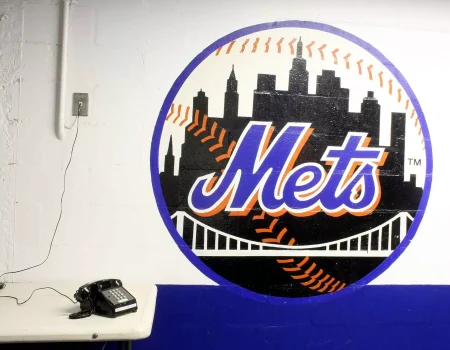The NCAA Football Rules Committee on Friday approved measures intended to strengthen the accuracy of the targeting rule, limit blocking below the waist and address teams that appear to fake injuries to gain an advantage.
All rule proposals must be approved by the Playing Rules Oversight Panel, which is scheduled to discuss football rules recommendations April 20. If approved, these changes would take effect in the 2022 season.
The committee, which began meeting Wednesday, proposed a change to the targeting rule after considering several adjustments. In games that have instant replay, when a targeting foul occurs in the second half, the carryover penalty (of sitting out the first half of that player’s next game) will be eligible for further appeal.
RANKINGS: Way-too-early top 25 college football rankings
The process would begin with a conference submitting a request to Steve Shaw, the NCAA national coordinator of officials, who would review video of the play. If it is clearly obvious that a player was incorrectly penalized for targeting, the call would be overturned, and the player would be cleared to play in the first half of the next game.
“The committee strongly supports the targeting rule and believes it continues to directly support player health and safety and technique,” said David Shaw, rules committee chair and coach at Stanford. “Adjustments have been made in recent years to ensure proper enforcement, which is very important, given the significant penalty associated with the rule. It is understood that targeting receives a lot of media and fan attention — and rightfully so. In the rare instance when a penalty is incorrectly applied, we believe there should be a mechanism to correct it before the next week to enhance this rule.”
To address teams that are awarded an injury timeout through deceptive actions, the committee proposed a reporting and investigation process. Schools and conferences would be able to report questionable scenarios to the national coordinator of officials, who will review and provide feedback to the conference for further action. Any penalties levied would be up to the conference office or school involved.
“It is very difficult to legislate ethics, particularly when an injury timeout is being used to gain an advantage,” David Shaw said. “The small number of teams that seem to use these tactics should be addressed directly.”
?: Early predictions for the 2022 college football season
The committee considered several in-game options to address this, including altering the injury timeout rule to remove the injured student-athlete for more than one play, which is the current rule. This concept was debated at length, but the committee was concerned with the additional issues that could be created and did not want to encourage players to continue to participate when injured.
Committee members discussed how the pace of play appears to be contributing to this concern. “We considered all options to address this issue, including allowing both teams an opportunity to substitute after a first down,” David Shaw said. “This is another step to consider in the future.”
Blocking below the waist
A proposal to improve safety and simplify the rules governing blocking below the waist was also recommended. The proposal would only allow blocking below the waist by linemen and stationary backs inside the tackle box. Outside the tackle box on scrimmage plays, blocking below the waist would be prohibited.
Analysis from available NCAA injury surveillance data indicates a decreasing knee injury trend that coincides with recent rules changes in this area.
“This proposal is a continuation of the committee’s effort to enhance student-athlete safety,” said Steve Shaw, secretary-rules editor.
Kickoffs
The committee also thoroughly reviewed available data on the kickoff play.
DAWGS ON TOP: Georgia wins the 2022 College Football Playoff title
Analysis of available NCAA injury surveillance data indicates that the proportion of injuries attributed to kickoff plays are trending downward and is now similar to that of other scrimmage plays. The timing of these trends appears to align with other recent kickoff rules adjustments focused on safety (fair catch option, removal of double team and blindside blocks).
Other rules recommendations
- If a ball carrier simulates a feet-first slide, officials would declare the runner down at that spot.
- Committee members proposed an adjustment to the uniform policy. Similar to the National Football League rules, the sock/leg covering would have to cover the entire area from the shoe to the bottom of the pants.
- Defensive holding would remain a 10-yard penalty but would always carry an automatic first down.
“The committee’s effort to dig in on the rules and consider potential solutions is second-to-none,” David Shaw said. “I’m proud of this group of football leaders and the outcomes this week to improve our game.”














Yorum Yok İlk Yorum Yapan Siz Olun!